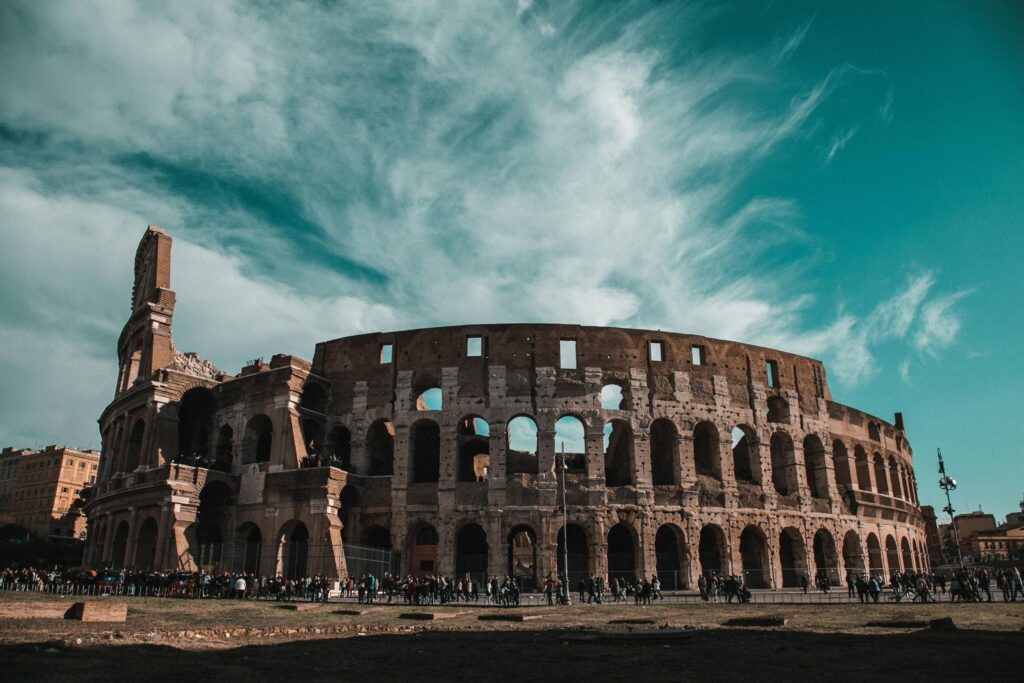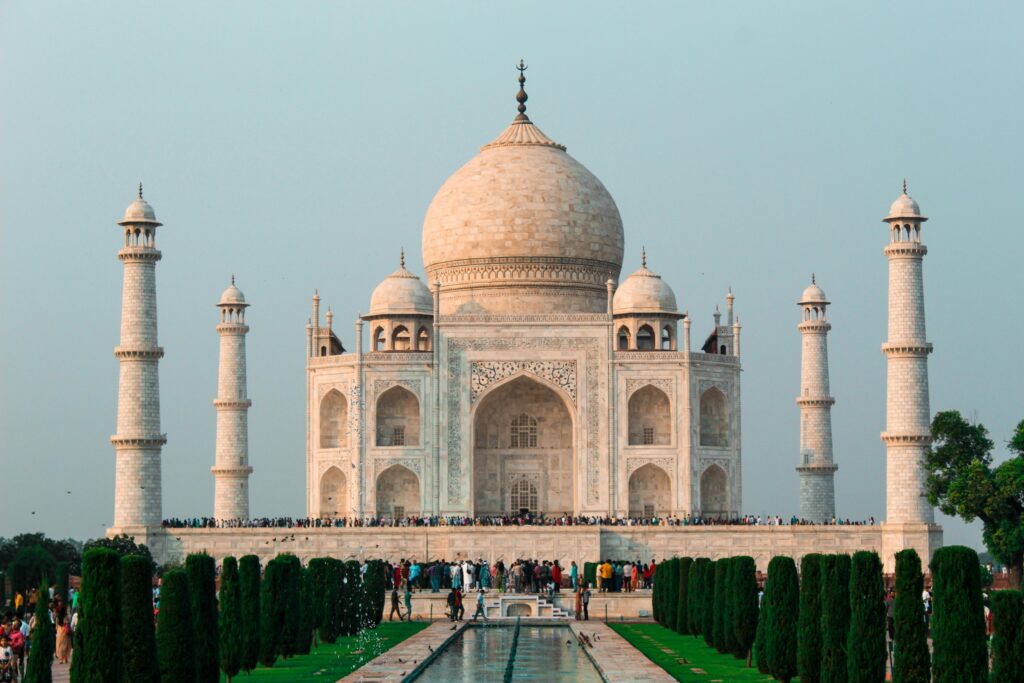The Roman Colosseum is well known by most under another name, the Flavian Amphitheater, which stood for Rome long into history. This place, located in the middle of Rome, speaks of architectural skills and engineering ability and, on its own, shows the priorities of the Roman Empire. More than 2,000 years old, it still welcomes millions of visitors from all over the world.
Historical Background
The construction of the Colosseum started during the time of Emperor Vespasian of the Flavian dynasty from 70-72 AD. His son, Titus, succeeded him and completed its construction in 80 AD. The latter’s younger brother Domitian later modified it. He constructed this on the grounds of Nero’s magnificent palace, the Domus Aurea. That’s why he said that the lands came back into the possession of the people of Rome after Nero’s tyrannic rule.
Originally commissioned to host grand spectacles like gladiatorial contests, animal hunts, and mock naval battles that gave demonstrations of Rome’s power and entertainment for its citizenry, it also underpinned the image of an emperor as a generous provider to his people.
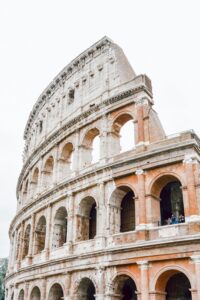
Architectural Wonder
The Colosseum is elliptical, measuring 189 meters long, 156 meters in width, and 50 meters in height. One of the largest amphitheaters ever built, the Colosseum would hold between 50,000 and 80,000 spectators. The Colosseum was aligned along social hierarchy.
The structure is partly made of travertine, a limestone, concrete, brick, and tuff. Its design included a comprehensive vault system with arches to flex and allow the ability to accommodate enormous crowds. Its outsides have four stories built into it, wherein the former three have arches framed out by columns of the Doric, Ionic, and Corinthian orders, which present architectural elegance in its time.
Amongst all these innovations, the use of velarium is the most striking feature, a device that was first introduced in the Colosseum. It was an awning system that provided shade to the audience and was operated by sailors from the Roman navy.
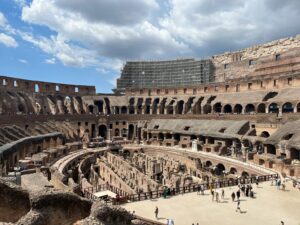
Events and Entertainment
The Colosseum hosted various functions that portrayed Roman culture and norms. Among the most famous events held here is a gladiatorial contest involving combat between trained fighters, in most cases slaves or prisoners seeking freedom or fame.
Other spectacles included venationes, or animal hunts, in which exotic animals like lions, tigers, and elephants were pitted against each other or against humans. The arena was even flooded at times to stage mock naval battles, known as naumachiae, although these were rare because of the complexity of the setup.
The Colosseum was also used for public executions in tandem with dramatized reenactments of famous battles or mythological stories with moral lessons or as reminders of the empire’s dominance.
Decline and Conservation
By the 6th century, the Western Roman Empire had declined and was less and less used. Centuries of earthquakes, stone robbery, and neglect had caused it to be damaged. Marble facings had been removed in the great part and were used in the construction of other Roman monuments, including St. Peter’s Basilica.
Although the structure is deteriorated, the Colosseum stands as a testament to Rome’s magnificence. Even attempts at restoration start from the 18th century; it now finds a place as a UNESCO World Heritage Site.
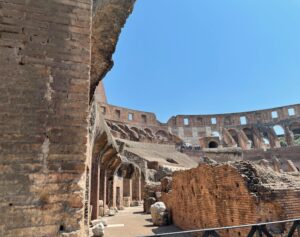
Cultural Meaning
It is a miracle of architectural construction, yet more closely related to the complicated history of Rome. This epitomizes the ingenuity and power of the old Rome but simultaneously brings recollections of the brutality that was once celebrated in entertainments.
Now, it is a tourist destination that attracts more than 7 million tourists yearly. It also now periodically hosts cultural events and even a religious rite such as the Papal Stations of the Cross during Good Friday.
Interesting Facts It is not so much its size from, but from a near Colossus of Nero, a gigantic statue that was once erected near to the place. An estimated 400,000 people and 1 million animals died in the Colosseum’s games over its active period. Its design would influence the modern stadiums, which primarily would showcase the same tiered seating and elliptical shape. Conclusion:. The Roman Colosseum is perhaps one of the world’s most interesting landmarks from the time of antiquity. The historical and cultural relevance, coupled with its magnificence, makes it one of the most lasting symbols of the Roman Empire. In architecture, and in testimonial proof of Roman civilization at its heights and lows, the Colosseum continues to captivate people from all walks of the earth.

